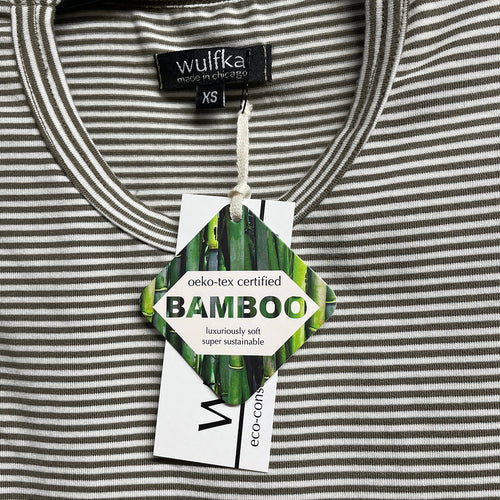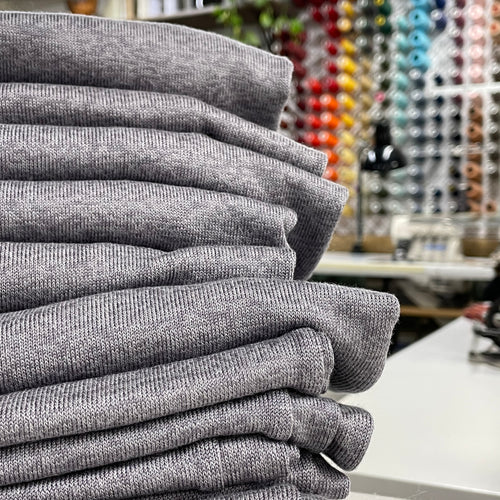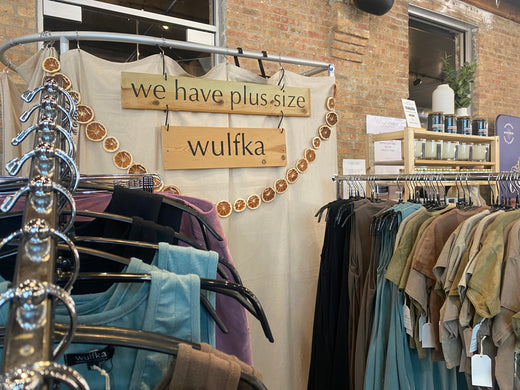An Incomplete History of Pockets

Originally posted August 19, 2019
This summer I went out of my way to put pockets in almost everything. It seems like such a simple thing, right? But lots of you have been over the moon about dresses with nice big pockets. So why do so few women's garments have them? Historically, women's garments have always had pockets. Or more accurately, slits in their layers of skirts so that they could reach into pouches tied around their waists and tucked under the skirts. Then the French Revolution came and screwed it all up! Post French Revolution, large skirts with layers and layers of fabric became symbols of the aristocracy. Fashionable French women abandoned the style in favor of body-skimming, simple dresses to show that they were on the right side of history. Since France sets the trends for the rest of the Western world, women all over followed suit. These thinner frocks didn't leave enough room for pockets, so women resorted to handbags to carry around all of their things. The first handbags were called "Reticules" because they were--and I'm not making this up--ridiculously small. (source: "Articles of Interest #3: Pockets" from 99% Invisible)

pre Revolution/ post Revolution/ Fashion plate with reticule
The feverish desire for more pockets didn't start with our generation. In 1937, the devilishly eccentric Diana Vreeland became editor of Harper's Bazaar. In her autobiography D.V. she describes one of her first hiccups at the helm. "I told [another editor] how I would do the whole magazine just showing what you can do with pockets and how the silhouette is improved and so on, and also one's walk--there's nothing that limits a woman's walk like a pocketbook. "Well, the man rushed from my office the way you run for the police! He rushed into Carmel's office and said 'Diana's going crazy! Get hold of her.' "So Carmel came down and said, 'Listen, Diana, I think you've lost your mind. Do you realize that our income from handbag advertising is God knows how many millions a year?!'"

Diana Vreeland in her home
Pockets popped up in another autobiography I read recently. Parisian couturier Elsa Schiaparelli's atelier was blocks away from the Belgian Embassy on Rue deBerri when France declared war on Nazi Germany in 1939. She describes a street clogged with desperate Belgian families, cars and bikes loaded with all of the possessions that they could carry, waiting for their turn to beg the Embassy to help them get out of the country. Schiap (as she is often called) made sure that coffee, hot bread and butter were always available to any of those poor souls who wanted something to eat.
Inspired by the war unfolding around her, Schiap's Spring 1940 collection featured "trench" brown and camouflage-print taffetas. It also featured "huge pockets everywhere so that a woman, obliged to leave home in a hurry or to go on duty without a bag, could pack all that was necessary to her. She could thus retain the freedom of her hands and yet manage to look feminine." Shocking Life: The Autobiography of Elsa Schiaparelli Photo from the Philadelphia Museum of ArtIf you've made it this far, I have one more treat for you! A charming love song from Chicago musician Serengeti. I swear I listen to it on repeat. "Pocket" by Serengeti
Photo from the Philadelphia Museum of ArtIf you've made it this far, I have one more treat for you! A charming love song from Chicago musician Serengeti. I swear I listen to it on repeat. "Pocket" by Serengeti




